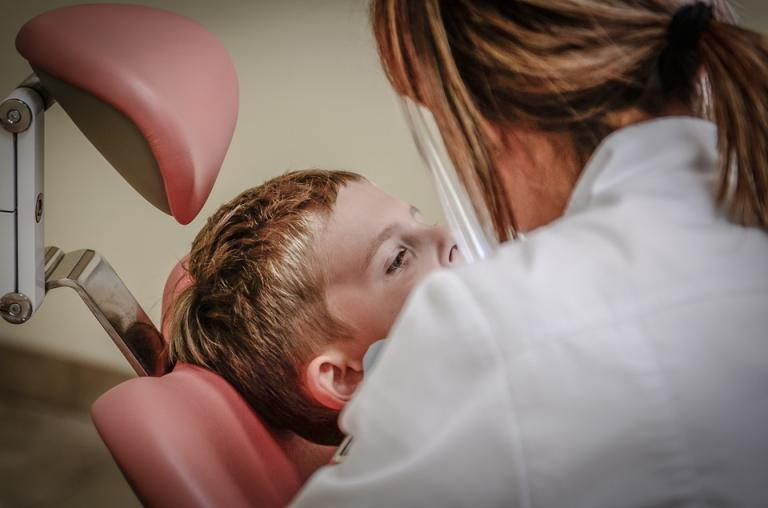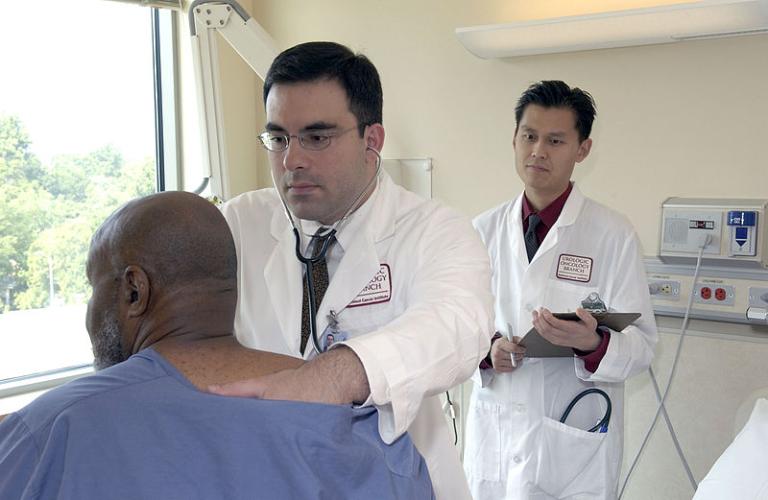
There’ve been a number of opinion pieces again recently on the question of whether it’s appropriate for health “insurance” plans to pay for routine expenses. To a certain degree, high deductible plans attempt to return health plans to a true insurance model, covering the heart attack but not the doctor’s visit for the flu, but even these plans, under ACA regulations, and, previously, in order to qualify for HRA status with a pre-tax reimbursement account for pre-deductible expenses, are required to cover various preventive care items, which were expanded under the ACA to include such predictable expenses as contraception. And the notion of a health insurance plan covering routine expenses came from HMOs, which were technically labelled as “prepaid health plans” rather than insurance because of how they were structured. (Oh, and I miss the HMO! Everything was covered with tiny co-pays and the nuisance of having only in-network providers didn’t really matter much, except that the practice group for my OB/GYN switched to a hospital a 1/2 hour drive rather than the one down the block for my second kid, and, for a brief period, that practice dropped out of network entirely.)
But anyway: consider dental plans. The twice-annual check-up should likewise be a forseeable expense, no different than regular oil changes. And fillings and extractions are probably about the cost of a typical minor car repair bill; as to more extensive dental procedures I’m not sure, a bridge seems to be, at the lower end, about the cost of what I’d pay for new brakes on the car.
Do you need dental insurance? Or are you better of taking care of your teeth, budgeting for regular dental check-ups, and using your rainy-day savings for any more expensive procedures that might be needed, in the same way as you would for other unexpected expenses?
Note that the ACA considers dental coverage for children as an “essential health benefit.” But this plays out differently than other “EHBs”; each exchange is required to offer dental for children, either included in health insurance policies or as a separate dental policy, but there is no requirement that a family purchase it along with the health insurance itself. (See here, for instance.) But from what I can piece together, “dental care” is included in the way that subsidies are priced, so that it’s subsidized, though a family could choose to spend their subsidy on a higher-benefit purely-medical plan instead.
Here’s my personal experience: when I first started working at my current employer, back nearly 20 years ago, the company didn’t offer dental insurance. They said, “dental care is a predictable, and not very high, expense, so we actuaries know that insurance doesn’t make sense.” Some years later, they said, “OK, we’ll offer dental, but we won’t subsidize it, because we think you, our employees, would rather we spend our benefit dollars on medical subsidies.” And later on, they said, “OK, fine, to avoid issues of anti-selection, we’ll begin to subsidize dental coverage, too.” Now, somewhere along the way, we did the math and concluded that the “basic” plan which covered regular exams, X-rays, and routine fillings, was cheaper than the two dental appointments per year paid on a self-pay basis. Now we are ourselves the anti-selecting customers, since we’ve upgraded to the comprehensive plan for as long as we’ve got kids in braces, but the additional benefits only just barely make up for the increase in premiums anyway.
Here’s a news report: “ER visits for dental problems on the rise,” in the USA Today, back in 2015.
Just over a third of working-age adults nationally, and 64 percent of seniors, lacked dental coverage of any kind in 2012, meaning they had to pay for everything out of pocket. And the 10 percent of American adults with Medicaid dental plans often can’t find dentists to take them. The ADA says that’s partly because reimbursements are so low — 41 percent of private insurance reimbursement in Kentucky last year. . . .
People pay a price for going without dental care. Federal figures show that about four in 10 adults nationally had no dental visit in the past year, and more than a quarter of working-age adults, and one in five seniors, have untreated cavities.
When poor people do get care, dentists say, the uninsured usually opt for the cheapest available and Medicaid patients usually choose only basic, covered services such as extractions.
And here’s a report, “Dental Caries (Tooth Decay) in Adults (Age 20 to 64).” 26% of adults ages 20 – 64 have untreated cavities. And while rates of tooth decay are lower for younger adults — an average of 6.16 missing, decayed, or filled teeth for the age group 20 – 34 years, vs. 15.05 for the age group 50 – 64 years — it’s hard to know how much of this is because of the impact of fluoride toothpaste and fluoridation of drinking water, vs. just the fact that the younger group has had fewer years in which to acquire tooth decay. A Today article based on this report also says that rates of tooth decay among children are increasing, possibly due to the increase in bottled-water (vs. tap water) consumption.
The problem is, then, ultimately, not a matter of dental insurance. It’s a matter of providing government-paid dental care to low income people, because in some cases, they may well do whatever it takes to get that car repair taken care of, whether it’s a payday loan or borrowing from whoever they can or pawning an item, but they won’t treat their teeth as such an urgent need, or because, in other cases, they genuinely don’t have any money at all, and there exists no “dental stamps” to pay in the way that food stamps pays for food for the cashless.
Exactly where the cut-off is between “too poor to self-pay dental expenses” and “responsibly writes the check to the dentist twice a year” is, I don’t know. The report above says that 43.88% of those below the poverty line have untreated tooth decay, vs. 39.31% of those with incomes 100% – 200% of the poverty line, and only 17.97% of those above 200%. How much of a further drop-off we’d see if the report showed further gradations of income, I don’t know. Blacks also had twice the rate of untreated tooth decay as whites — 40.45% vs. 20.84%.
And the USA Today article reports that the consequences of lack of dental care can be substantial; in extreme cases, untreated cavities produce infections which send people to the ER. In other cases, people end up with missing teeth because dental treatment is delayed for so long.
(Ugh! Just typing this makes me want to go upstairs and brush my teeth!)
So what do we do? Do we say, “people should be responsible enough to take care of their teeth”? Do we say, “the government should pay for everyone’s dental care because too many people will not, or cannot, self-pay”?
In any event, I thought it would be useful to think about dental care, as a different way of thinking about even the more predictable elements of healthcare.
Image: https://pixabay.com/en/dentist-pain-borowa%C4%87-cure-nfz-428645/; public domain











